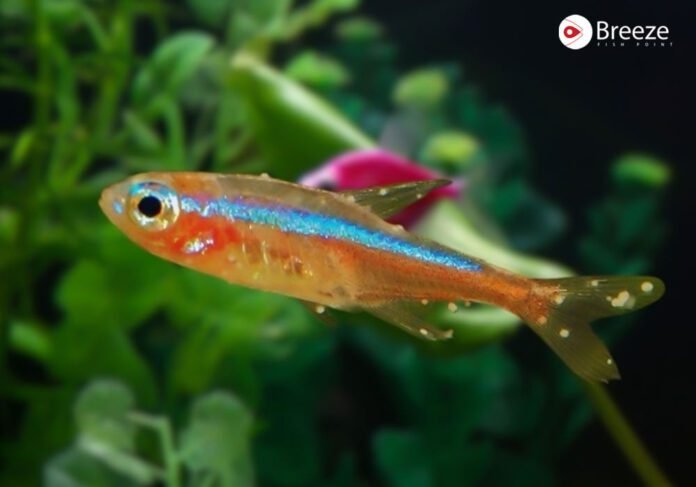Table of Contents
Why Fish Are Vulnerable in Winter
• Fungal Infections: A Silent Winter Epidemic
Fungal Infections: What Are They?
Among the most prevalent illnesses in fish during the winter are fungal infections, which are frequently identified by white or cotton-like growths on the body or fins. They arise as a result of opportunistic fungus taking advantage of compromised immune systems or injured tissues.
Symptoms
- Cottony development on the skin or fins
- Fatigue and a lack of desire
- The areas surrounding the fungal growth are red or irritated.
Causes
- Low-quality water
- Unexpected temperature fluctuations
- Sharp objects or rough handling injuries in the tank
Treatment and Prevention
- Keep an eye on the amounts of nitrate, ammonia, and pH to maintain ideal water conditions.
- Steer clear of congestion and make sure the filtration is adequate.
- Use pet store-bought antifungal drugs to treat afflicted fish. In moderate cases, salt baths might also be beneficial.
• Crappie Disease: A Cold-Weather Threat
Although it can harm other species, crappie fish are the primary victims of crappie sickness. The parasite organisms that cause it thrive in cold water.
Symptoms
- Unpredictable swimming patterns
- Absence of lesions or scales
- Discoloration
Management and Prevention
- To reduce the parasite burden, clean the tank or pond on a regular basis.
- Before adding additional fish to an existing tank, place them in quarantine.
- To increase immunity, give a well-balanced diet.
• Sunken Belly Syndrome: Nutritional Imbalance at Play
An indication of malnutrition or underlying parasite illnesses is sunken belly syndrome. When feeding habits shift in the winter, it is particularly noticeable in species like gilthead seabream.
Symptoms
- Pronounced depression in the abdomen
- Diminished appetite
- Loss of weight even with proper nutrition
Causes
- Malnourishment or subpar feed
- Infestations of parasites in the digestive system
Prevention
- Provide fish with nutrient-dense, high-quality food to guarantee they have enough energy.
- If internal parasites are identified, treat them with medicated diets.
- Keep your feeding schedule regular.
• Spotlight on Gilthead Seabream
Winter presents special difficulties for the gilthead seabream, a highly valued fish in Pakistan and elsewhere. When temperatures drop, they are susceptible to parasitic illnesses and fungal diseases, just like other species.
Health Advice for Gilthead Seabream
- Keep the water’s temperature between 20 and 25 degrees Celsius.
- To increase immunity, add vitamins to their diet.
- To find early indicators of sickness, do routine health examinations.
The Role of Water Quality in Disease Prevention
Water quality frequently deteriorates in the winter because organic debris breaks down more slowly. Fish that are stressed by their surroundings are more vulnerable to fungus infections and other illnesses.
Key Parameters to Monitor
- The temperature: Unexpected drops might be fatal. In shallow ponds or aquariums, use heaters.
- Levels of pH: Maintain most species at 6.5 to 8.5.
- Nitrites and Ammonia: To prevent poisoning, these should be close to zero.
Visualizing Fish Diseases: A Graphical Breakdown
Disease | Symptoms | Prevention | Treatment |
Fungal Infections | Cotton-like growth, lethargy | Maintain water quality; reduce stress | Antifungal meds; salt baths |
Crappie Disease | Erratic swimming, lesions | Regular cleaning; quarantine | Anti-parasitic treatments |
Sunken Belly Syndrome | Indented belly, weight loss | Balanced diet; parasite checks | Medicated feed; probiotics |




